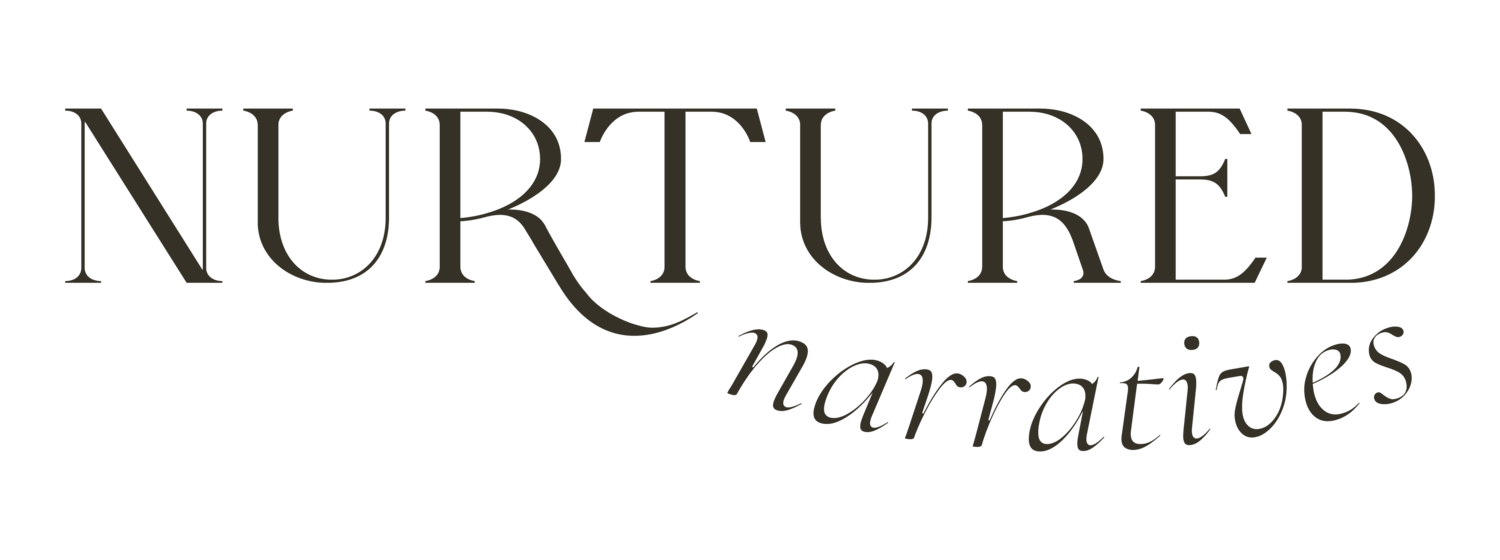How To Write A Cold Email That Feels Warm
Writing cold emails is often intimidating or uninspiring. Maybe you feel gloomy, thinking about the other cold emails you sent that went unanswered. Or you may feel robotic, copying and pasting what you think will work. Either way, writing a cold email usually won't be your day's highlight.
But what if it could feel better to write that email? What if you could improve your chances of getting those emails answered *and* elicit friendlier responses? You can by warming up your cold emails.
5 Elements of a Warm Email
Think about it: if you don’t enjoy writing the email, what makes you think the recipient will enjoy reading it? These five elements will help make the writing feel less taxing, and the reading feel more satisfying.
Don’t just write human; write like you. So much advice says to make your writing “more human.” But I want you to forget all that. After all, you’re human, right? So you can write like you. Otherwise, what often happens is that people use these human-centric templates, and then the “human” emails all start to sound like the same human (aka the same marketing blog everyone else used.) So, do you like using exclamation points? Do it (within reason). Enjoy adding some wit? Have at it (respectfully, of course). Have a unique sign-off? Plug it in. Write so the recipient wants to connect with the human behind the email. (Aka, you!)
Tell them what’s in it for them, plainly. Make sure that your email answers “So what?” Be direct (but not demanding) so they don’t have to read between the lines to know what action you’re hoping they take in the email. And be clear about what’s in it for them so they feel motivated to take that action.
Respect the recipient’s time (and yours). Pay attention to your email’s length. For an initial cold email, try to make your email less than 300 words (which takes about one minute to read). If you really want to include more, add a hyperlink that leads elsewhere or a one-pager as an attachment. This keeps the email from looking overwhelming and gives the recipient more control if they want to know more.
Be mindful of your recipient’s inbox. Consider your recipient's time zone, if possible. You don’t want your cold email to be one of the many when the reader first groggily checks their inbox, nor do you want to be the email that pops in when they are about to end their day. Data says the best time to send emails is 10am and 1pm, and sometimes in between. But everyone is using this data. So make yours a little more unique. Think of scheduling your email at 10:32 or even 11:11. Make your email hit differently by hitting their inbox at the right time. And, as an added benefit for you, try bulk writing your cold emails and scheduling them appropriately to save you time and energy.
Add compliments, but only if they’re genuine. You know how when you get a compliment, you often instinctually compliment something back? That’s not the kind of compliment we want to add to our warm emails. You want it to be real and unprovoked because, truth is, people love compliments. Heck, I love compliments! (Even if I am bad about accepting them at the moment.) Add them in, but only if you mean it. This means you read the article you're referencing, visited the store you’re mentioning, learned about the company you’re pitching, etc. Found something you liked? Tell them! They’ll appreciate the kind words and the personal touch (but trust me, they’ll know if your compliment is out of touch).
Oh, and don’t skip the pleasantries! It’s nice to be nice at the start of your email by wishing your reader well. (With that said, do get a little more clever than “I hope this email reaches you well.”)
Wellness Check
Email anxiety is real. If you’ve felt it, you’re not alone. Research shows that emails increase mental stress, among other symptoms. If you feel burned out writing cold emails or reading your own emails, try stepping away from your inbox or setting dedicated hours to check your inbox to lessen the stress.
What A Warm Email Looks Like
Here’s one example of an email that landed me an audition at a yoga studio in Vienna. (Surprise!! If you didn’t know, I also teach yoga.) Upon meeting the studio owner, he said it was the kindness of my email that made him want to meet me ASAP. What do I have here? Pleasantries. Hyperlinks. Unique delivery time (and time zone appropriate). Compliments from the heart. And I wrote like me, which included honesty and vulnerability.
Moving Forward
Writing emails does not need to become the highlight of your day, but hopefully, highlighting these points will make writing your emails feel better. And if it feels better for you, there’s a far greater chance it’ll feel better to read.
I’ve found from experience that following these strategies makes you more likely to get a response. Now, sometimes it won’t be the response you want, but it’ll be an open door you can knock on later and save you from a sad and silent inbox.
Speaking of later, follow up if you don’t get a response! (But just once.) We’re all busy, and sometimes it can be nice to get an extra nudge. For those, keep your response short and sweet, recap your first email, and add a dose of added value. Because you know what else feels good? Feeling heard by getting responses back, and this feel-good strategy could give you that.
If you enjoyed this post and want more nurturing notes and writing advice, subscribe to my newsletter. If you want help editing your emails, my inbox is also open to you: sonya@nurturednarratives.com.



